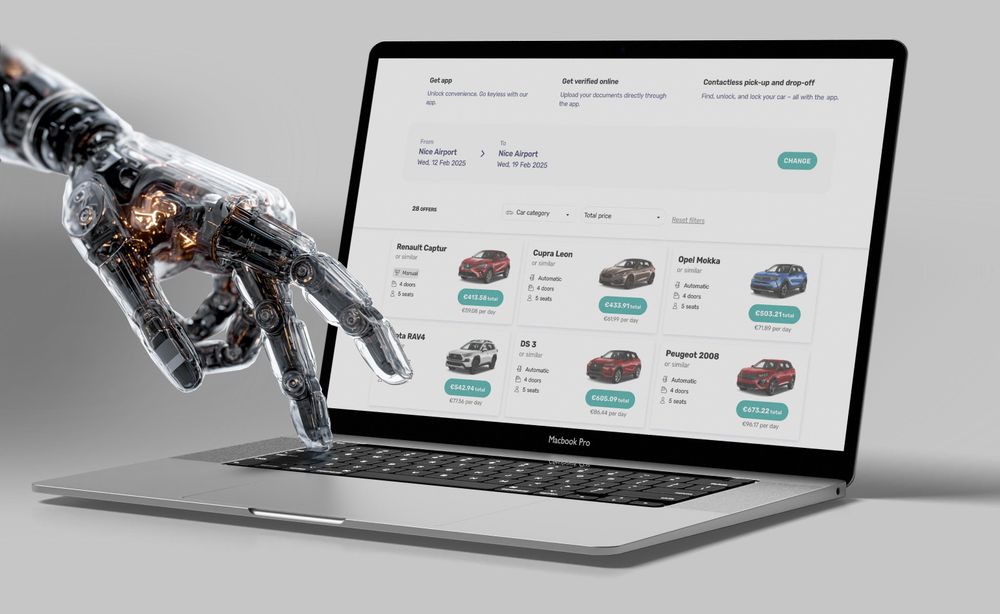A connected car is a vehicle capable of connecting to the internet and equipped with various onboard technologies enabling data exchange with external sources. This data is continuously generated, collected, and transmitted. As part of the Internet of Things (IoT), connected cars communicate with the cloud and their own systems (V2C), with each other (V2V), with infrastructure (V2I), and with pedestrians (V2P).
Making the connection
Connected cars use cellular networks to establish an internet connection, similar to a smartphone. Depending on the approach, connectivity can be classified as embedded, tethered, or a combination of both. Embedded connectivity involves everything necessary being built-in, including an antenna, a chipset or dedicated SIM card, and a modem, allowing the vehicle to transmit and receive cellular data without relying on external devices. Tethered connectivity relies on external devices like smartphones, OBD-II devices, or wireless modems to provide the internet connection. These devices are usually plugged into the car’s OBD port or another suitable port.
Integrated connectivity combines the characteristics of both embedded and tethered connectivities. In this setup, the car can use its own embedded cellular modem for certain functions, such as telematics and remote updates, while also utilising the driver’s smartphone for additional internet-based features like music or video streaming, navigation, or app connectivity. This approach offers the ability to use the most suitable connection for each case.
Once an internet connection is established, a WiFi hotspot is created within the car, enabling devices within the vehicle to connect to the internet.
Road to autonomous vehicles
Autonomous vehicles are one of the most promising applications for connected vehicles, with the potential to revolutionise transportation as we know it. This is accomplished through the integration of sensors, cameras, radars, and artificial intelligence.
Built-in sensors that play an important role in collecting crucial data. This data covers information about the vehicle’s surroundings, its operational condition, the driver’s behaviour, nearby vehicles, and objects. With this information, the vehicle can interpret its environment, make informed decisions, and respond appropriately when necessary. For instance, the sensor data facilitates the implementation of Advanced Driver Assistance System (ADAS) functionalities, including collision avoidance, lane-keeping, and adaptive cruise control, among others.
Vehicle-to-everything (V2X) will form the centre of the future of autonomous driving. It allows devices, vehicles, and systems to communicate and exchange data creating a digital ecosystem. For the evolution of autonomous vehicles, widely available high-speed 5G internet is the next necessary step.
Massive amounts of data
Even at 5G internet speeds, the volume of data produced and exchanged over V2X would be substantial. Back in 2017, Kathy Winter, then a vice president and general manager of the Automated Driving Division at Intel Corporation, estimated that with on-vehicle sensors, an autonomous car would generate 4 TB of data for 1.5 hours of driving. Because connected cars have to make decisions in real-time, the information exchange between the vehicle and the rest of the participants would have to be instantaneous and constantly reliable.
Here, edge computing will play an important role. Edge computing reduces the need for constant data transmission by processing the data locally at the vehicle level. Only the relevant information will be sent to the cloud. This reduces the latency in decision-making and response times.
Benefits
Connected cars continuously monitor their condition and surroundings, offering drivers real-time data about various external and internal factors.
For instance, drivers can receive information about external conditions such as adverse weather and difficult road conditions, helping them to better plan their route. Additionally, the vehicle can alert the driver to potential internal issues, such as engine component failures, low fuel, or tyre pressure.
Connected vehicles also connect to cloud-based platforms, enabling over-the-air (OTA) updates. This wireless capability allows car manufacturers to deliver bug fixes, improvements, and new features directly to the vehicle’s systems.
Furthermore, the ability to track the vehicle’s location can be valuable in situations where the car is misplaced in a parking lot or stolen.
Sensor data from the vehicle can be transmitted to cloud-based platforms for analysis, offering insights into the vehicle’s health, performance, and safety. This data can help identify potential issues early, enabling predictive maintenance. With this approach, vehicles are scheduled for maintenance only when necessary, reducing the risk of over-maintenance, which can be costly and reduce the usable life of vehicle components. Ultimately, addressing potential issues proactively helps prevent breakdowns and lowers maintenance costs, extending the vehicle’s longevity and reducing downtime.

Synonym(s):
- Smart vehicle



